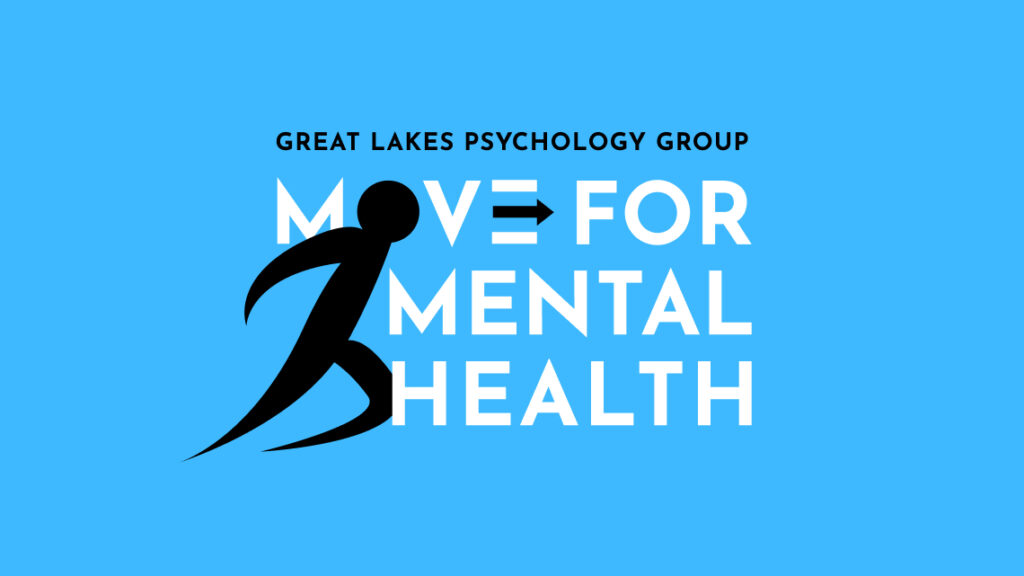Don’t Make New Year’s Resolutions: Hack Your Habits

We all have habits – those that serve us and those that might not. Our habits are important because they can have an enormous impact on our lives in the long run. Our habits in part determine our physical and mental health, shape our relationships, help us to achieve our goals, and allow us to embody the type of person we want to be.
We set goals for the new year with good intentions, but the vagueness of a “resolution” tends to set us up for failure. It implies that achieving a goal is as simple as setting the intention to do so. In reality, achieving a goal requires implementing carefully designed strategies for making new habits stick.
5 important rules for cultivating positive habits – and breaking negative ones
1. Don’t bank on motivation
When it comes to building sustainable positive habits in line with your values and goals, motivation alone won’t get you there – no matter how important it is to you. Motivation compels us to complete tasks with an immediate result, but long-term goals don’t yield immediate results. Aspirations are abstract – you can’t immediately get there.
We tend to be hard on ourselves when we let a habit slip for lack of motivation when in reality, it’s normal and expected that motivation won’t be reliable long-term. So instead of relying on motivation to make good choices, consider the following strategies for implementing positive behavior change.
2. Make your goals ridiculously small
Setting ridiculously tiny goals eliminates the intimidation factor of difficulty and helps us to cultivate willpower. When we make our goals too big, we tend to get overwhelmed and struggle to take the first step. The easier a behavior is, the more likely we are to do it (we spend a lot of time doing things that are easy).
Take whatever habit you’re trying to build and scale it down to something that requires minimal effort and you know for sure you are capable of doing. Instead of setting the vague resolution of getting into shape, try boiling it down to a simple behavior like doing a push-up. Instead of aiming to read a set number of books in a month, just start with reading one page. A habit has to be established before it can be optimized. Getting started is usually the hardest part, so introducing a new habit starts with showing up.
3. Set up your environment to cue desired habits
We are more likely to execute a behavior when it is prompted. In the effort of cultivating new habits, try designing prompts to trigger desired behaviors. If you have the goal of walking more often, try keeping everything you’ll need for your walk where you’ll see it, and make the goal simply to get dressed. Seeing the clothes will prompt you to get dressed, and everything being available reduces friction by eliminating the added step of deciding what to wear. Most likely, once you’re dressed and your shoes are laced up, you’ll go for that walk.
In a similar way that reducing friction for good habits makes us more likely to do them, increasing friction is an effective strategy for breaking negative habits. Examples of this might include not keeping those tempting high-calorie foods in the house if you know you struggle to resist them, or charging your phone overnight somewhere out of reach if you find yourself scrolling past bedtime or first thing in the morning.
4. Reward yourself
What’s the difference between good habits and bad habits? It comes down to immediate results versus long-term outcomes. Bad habits tend to have pleasurable immediate results, whereas good habits tend to have unpleasant immediate results. Over time, however, bad habits yield unfavorable results, whereas good habits yield favorable results.
In other words, good habits service us in the long run, whereas bad habits service us in the moment. Because of this, our own psychology makes it difficult to keep up the good habits and quit the bad ones, because we’re more motivated by immediate reward than by long-term reward. You can hack your habits by finding ways to pull the long term costs of bad habits and the long term rewards of good habits into the present moment.
Behaviors that get immediately rewarded get repeated, whereas behaviors that get immediately punished are avoided. Make your good habits satisfying – something you’ll look forward to. Link the behavior to something you like or give yourself a reward afterward. Make your bad habits unpleasant. For example, find an accountability partner and agree on a contract for your bad habits. Include consequences or penalties for doing a bad habit or failing to do a good habit.
5. Track desired habits
Living in accordance with your values requires taking small steps toward your goals every day. Using a tracker to keep a record of your new habits helps you stay on track. This can be achieved with a simple calendar or diary, in a spreadsheet, or with a habit tracking app. Write down the new behaviors you’re working on building, and check off the behaviors you complete every day.
Checking off new behaviors will help keep you motivated to keep them up because it is immediately satisfying (i.e., it pulls the reward into the present moment). Setting yourself up for these moments of success and accomplishment is good for your self-esteem and will help you to feel more in control – two important components of mental health and well-being.
Ready to prioritize your mental health?
Great Lakes Psychology Group is here to help. With an extensive network of caring therapists available to meet online or in-person, we make it easy to find the right fit for your unique needs.



